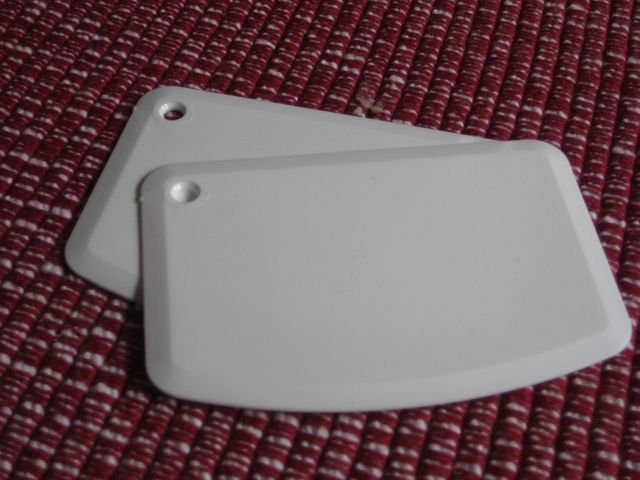English Muffins
I make English Muffins from time to time. Here's my latest, and some discussion.
First: I made English Muffins with dough, not batter. Usually, I use sourdough. Second: I consider english muffins to be a cooking technique (cook on a hot, dry iron skillet dusted with cornmeal) and not really a recipe. You can use pretty much any dough you like, as near as I can tell.
